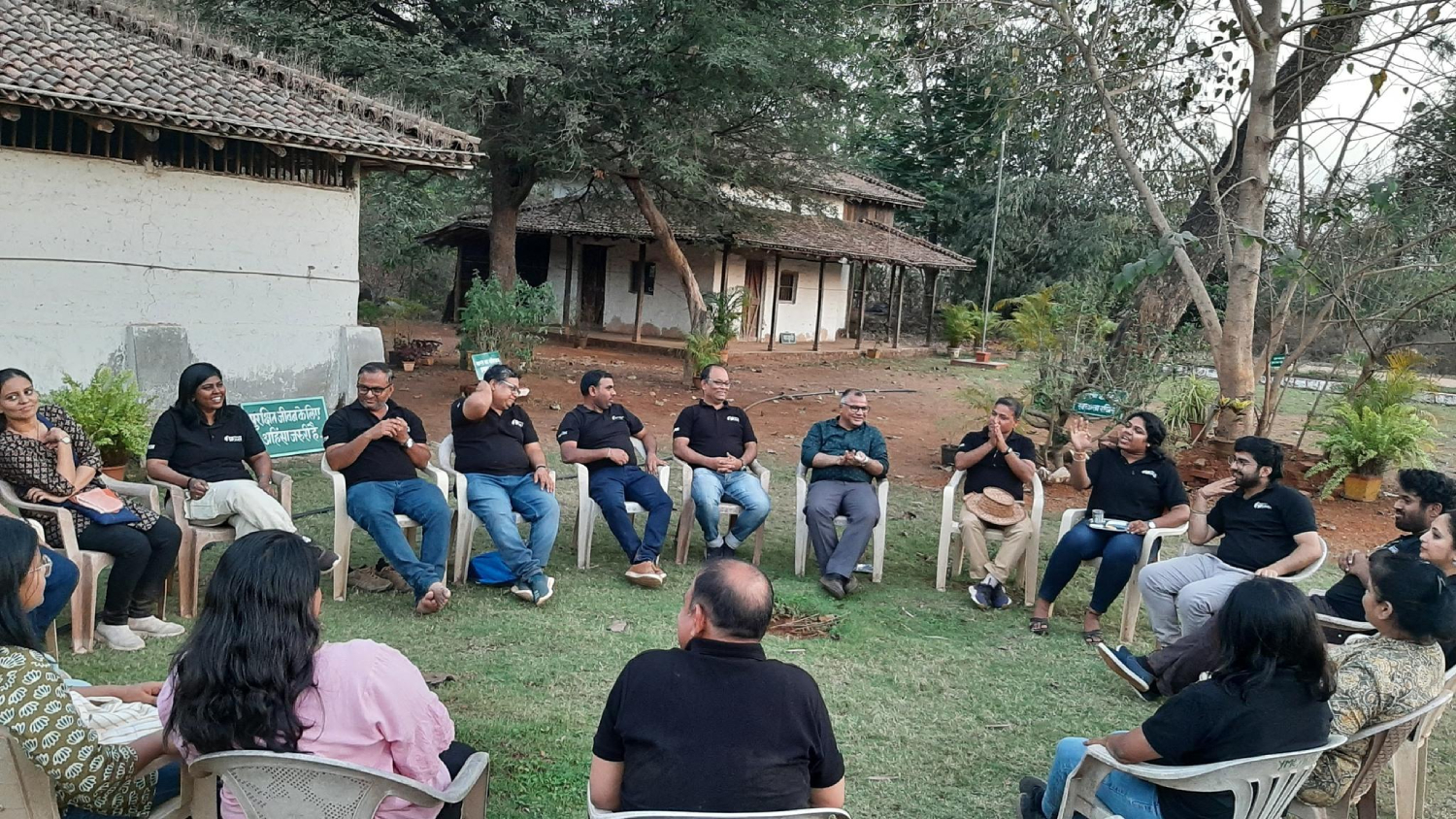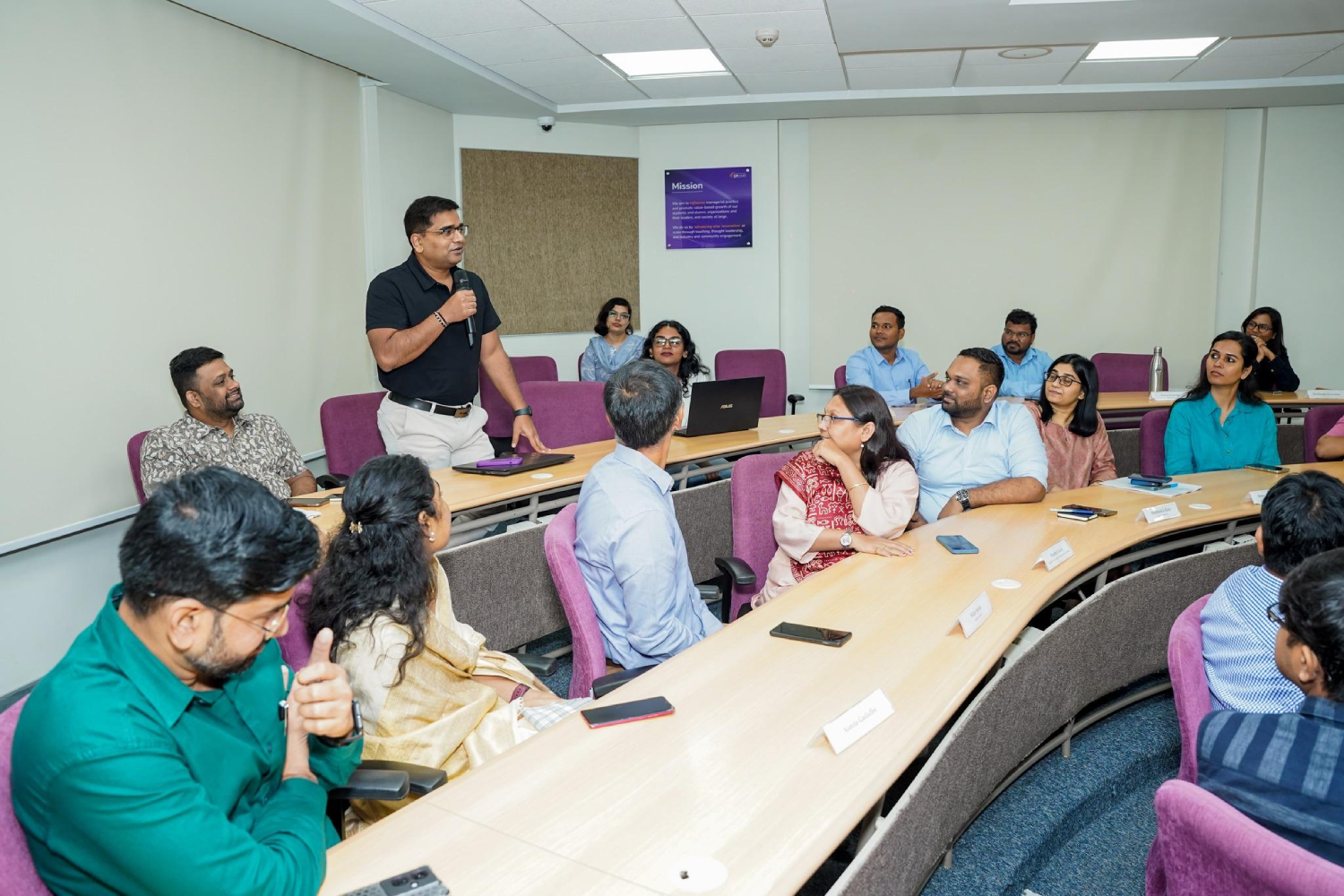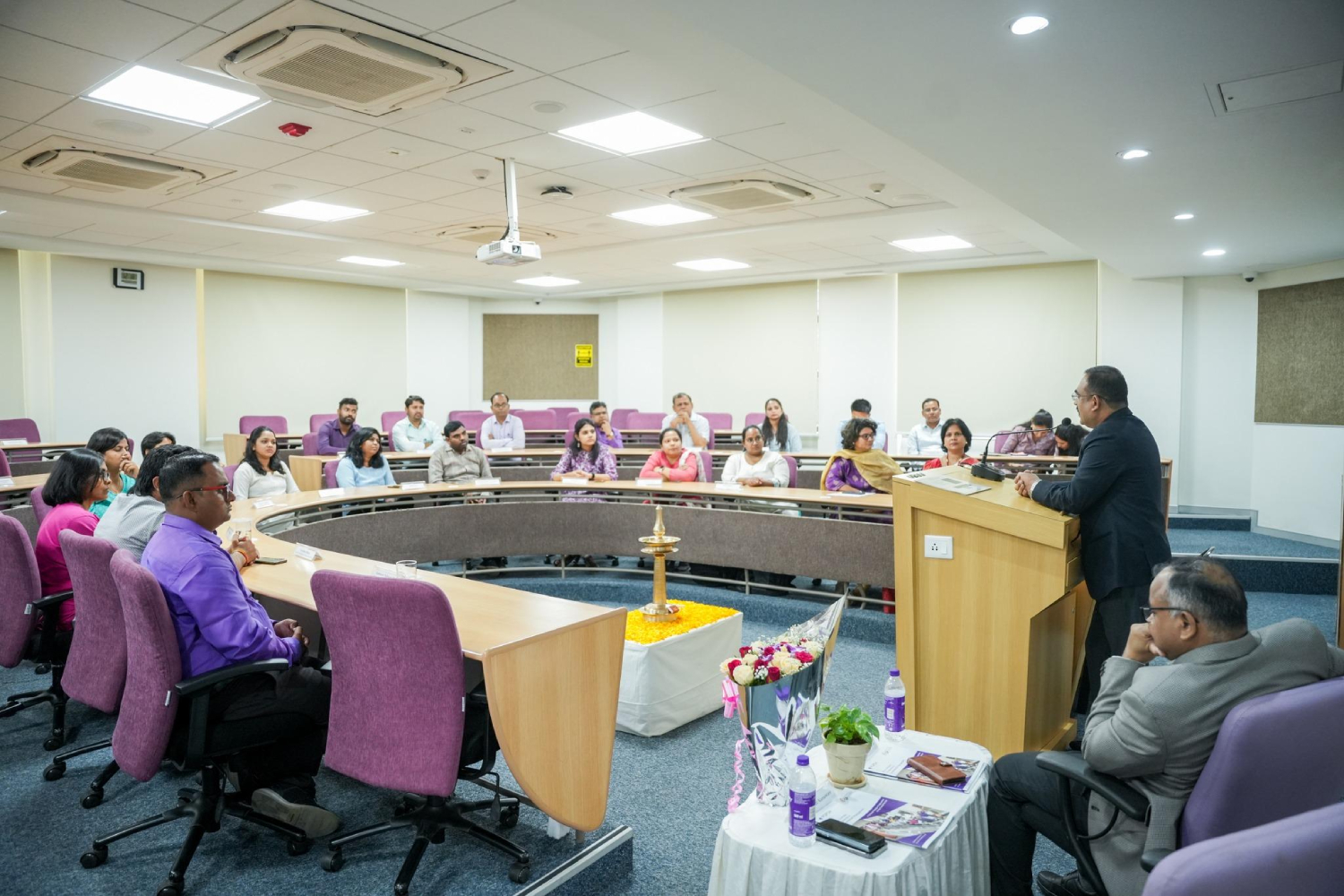In today’s rapidly changing world, digital technologies have redefined how we communicate, connect, share, and collaborate. Evolving digital communications have dissolved distances, personalised interactions, and enriched messages. Yet they also introduce new challenges around information overload, shrinking attention spans, and rising misinformation.
Importance of effective communication strategies
Effective communication is more important than ever, especially in the development sector striving to create social impact on a large scale.
The professionals in the development sector must mobilise communities, influence policies, and secure funding. Consequently, the way they communicate their message is as important as the initiatives and projects they undertake.
Effective communication strategies serve as a bridge between a social development organisation’s mission and its stakeholders. A survey conducted by the Nonprofit Marketing Guide found that 70% of nonprofit organisations believe that effective communication is crucial for raising public awareness about their causes, and it can improve donor retention rates by as much as 20%.

The communication conundrum in the development sector
Even with the best of intentions, social development organisations often struggle to get their message across effectively. They often master technical solutions, yet struggle to gain buy-in from donors, partners, and beneficiaries. There are many reasons why their messages get lost in translation:


Lack of clarity: If the ideas are not expressed in a structured manner, the audience can get confused and not understand the message clearly; the words don’t convince, resonate, or inspire any action.

Disengagement and disinterest: If a message doesn’t connect to the reality of the audience or is not relevant, the audience can tune out by showing disengagement and disinterest.

Limited resources in funding, personnel, and time constrain the development and execution of robust communication strategies.

An evolving media landscape and the rapid spread of misinformation complicate accurate and effective outreach.

Cultural and language barriers in diverse communities risk miscommunication and erode trust.

The pressure of crisis communication—natural disasters, health emergencies—where urgency must be balanced with clarity and sensitivity.

Eroding trust factor: sometimes, the message is not the issue, but the messenger conveying the message.
Overcoming core communication challenges
Social development professionals encounter three principal obstacles in communication:
- Complex solutions often lack relatable context, making it hard for audiences to appreciate their value.
- They vie for attention in a landscape where users scroll past content in under two minutes.
- The core message gets lost in too much statistical data.
To overcome these challenges, they must move beyond polished slides and craft narratives that captivate hearts and minds from the very first sentence. One of the key effective communication strategies is crafting compelling narratives.

Prof. Vineeta Dwivedi, Faculty of Business Communication at SPJIMR, highlights ‘The power of storytelling: creating compelling narratives for the social sector’ in this webinar. Storytelling transforms abstract data into human-centred experiences. By introducing an identifiable protagonist facing real hardship, the narrative can:
- Evoke empathy and build trust with beneficiaries, donors and policymakers
- Anchor intricate issues in everyday contexts that audiences understand and remember
- Inspire action by showcasing tangible impact instead of faceless statistics
This narrative approach transforms messages from background noise to catalysts for collective effort. As Nancy Duarte puts it, stories are ‘more powerful and enduring than any other art form.’ Our brains are wired for stories. They help us organise information, visualise outcomes, and emotionally invest in ideas.
Crafting stories for positive impact on the social sector?
Case studies in action
Rokia from Zambia
A field study by researchers Deborah Small, George Loewenstein, and Paul Slovic revealed that donors were far more likely to contribute to an identifiable victim—Rokia—than the general plight of a group of people or statistics about calamities.
Mumbai’s Dabbawalas
When the lockdown threatened the livelihoods of Mumbai’s iconic lunchbox delivery workers. By spotlighting one dabbawala’s quest to feed his family, they united employees and partners around rapid relief campaigns.
Five essentials for non-profit storytelling

Start with an identifiable protagonist

Paint vivid, specific scenarios rather than abstract data

Establish clear conflict and stakes

Show transformation or resolution

Adapt format and length for shorter attention spans (60-sec reels, 3-minute pitches)
These techniques sharpen your message, ensuring stakeholders stay invested from hook to call to action. Effective communication sits at the heart of every successful social development initiative.
When data is structured as human stories and delivered with purpose, it wins trust, secures funding, and inspires coordinated action. As stories resonate, partnership, fundraising, and policy successes follow.
Elevating communication: SPJIMR’s PGPDM
SPJIMR’s Post-Graduate Programme in Development Management (PGPDM) recognises that effective communication is vital to every social development sector organisation’s success. The curriculum embeds communication training from the first term:

A bespoke Communication Skills for Development module teaches participants to craft compelling narratives and listen actively in social-sector contexts.

Hands-on workshops in negotiation skills and behaviour change communication sharpen advocacy, conflict resolution, and influence techniques.

Electives in social media and digital marketing or media and social change deepen digital storytelling and outreach capabilities.

The programme focuses on real-life problem-solving through case discussions, field visits, and group projects; learners hone persuasive writing, public speaking, and stakeholder engagement—the very skills needed to turn data into action and drive lasting impact.
By working in diverse teams and presenting research findings, participants refine their storytelling, active listening, and public speaking skills, all essential for leading change in the social sector.
In a world where attention is shrinking, stories told effectively can help organisations and communities; SPJIMR’s PGPDM prepares you for that. Ready to lead change with stories that matter? Take the next step with SPJIMR’s PGPDM, where management excellence meets social impact.
Register your interest in this programme
Please fill in the following details






